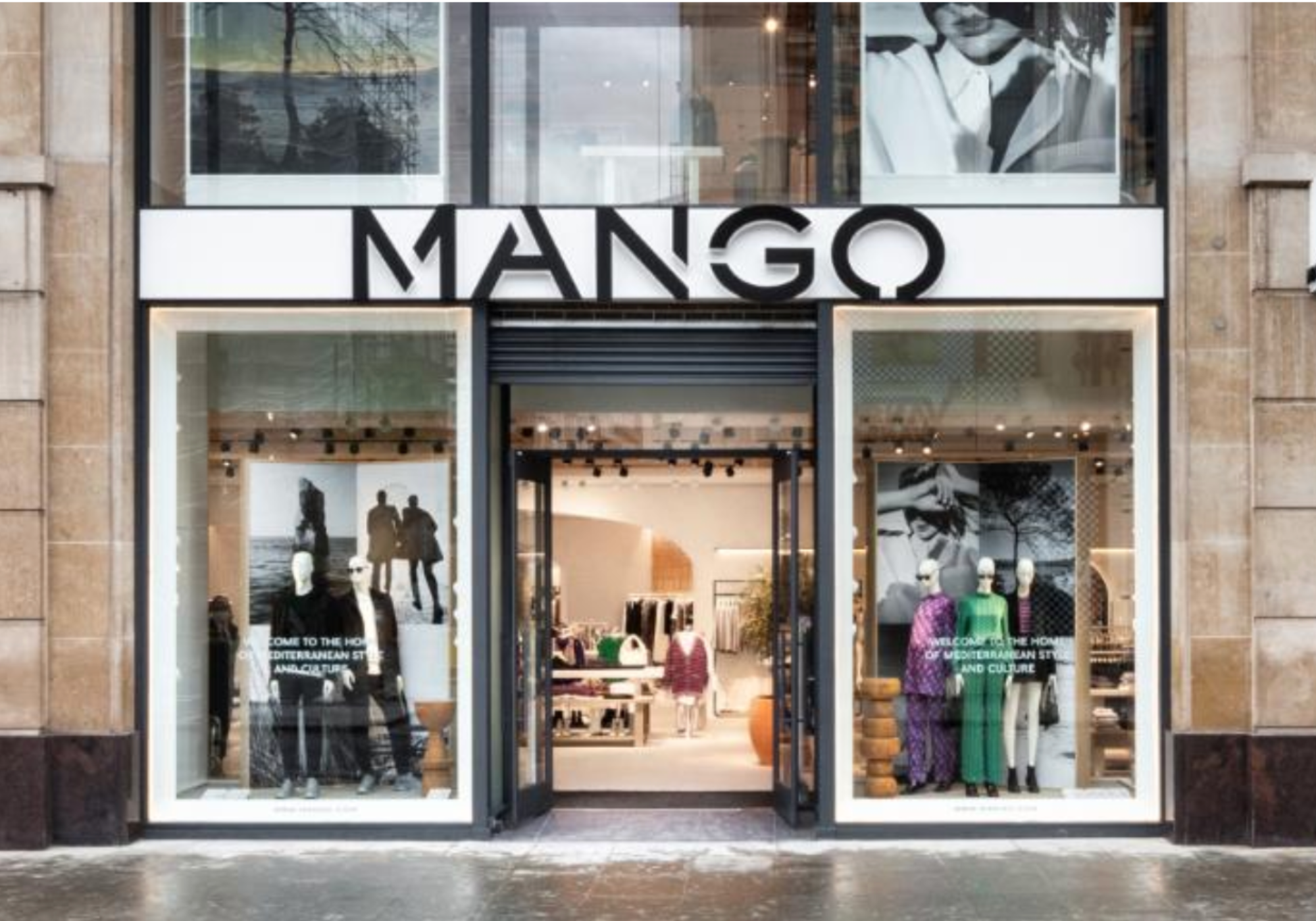The majority of shoppers (86%) prefer fast to free delivery, according to a new report. Yet retailers believe the split is more equal.
The report, State of Shipping in Commerce, surveyed 275 retailers and 1298 online shoppers. It found that retailers believe the preference is more weighted to fast delivery (57%) rather than free (43%).
The report, which was commissioned by Temando, also revealed the power of free shipping as a tool to get shoppers to spend more.
27% of retailers offer standard shipping every day, 32% offered free shipping with minimum spend and 11% offered free shipping for new customers. Yet nearly a quarter of retailers said that they don’t use free shipping as a promotional tool – despite the fact that 58% of shoppers said that they would shop more online if free shipping was offered and more than half (54%) would also increase their basket size in order to qualify for extra free delivery of one to three hours.
“Consumers are pushing for ultimate value, with almost 60% indicating that they’ll abandon cart due to high shipping costs,” said Carl Hartmann, co-founder and CEO of Temando. “Local retailers are left scrambling to find the right balance between addressing shoppers’ demands and preventing rising carrier-related costs from cannibalising their bottom line,” he said.
The report also showed that up to 58% of shoppers will abandon their cart and buy from a competitor if a premium delivery service they are seeking isn’t provided. Only 27% of shoppers would visit the same retailer’s physical store upon abandoning cart and 16% would visit the mall to complete the purchase.
“Rather than offering a single, generic shipping option, retailers need to map their delivery experiences to the lifestyle of today’s customers. Dynamic choices such as hyperlocal or same-day delivery for those with inner city postcodes, or specified time-slot delivery for busy families based in suburban neighbourhoods are options that retailers may want to consider. This way shoppers will be less inclined to seek alternative ways to purchase products and will continue on the buying path as intended,” said Hartmann.
Image credit: Fotolia






